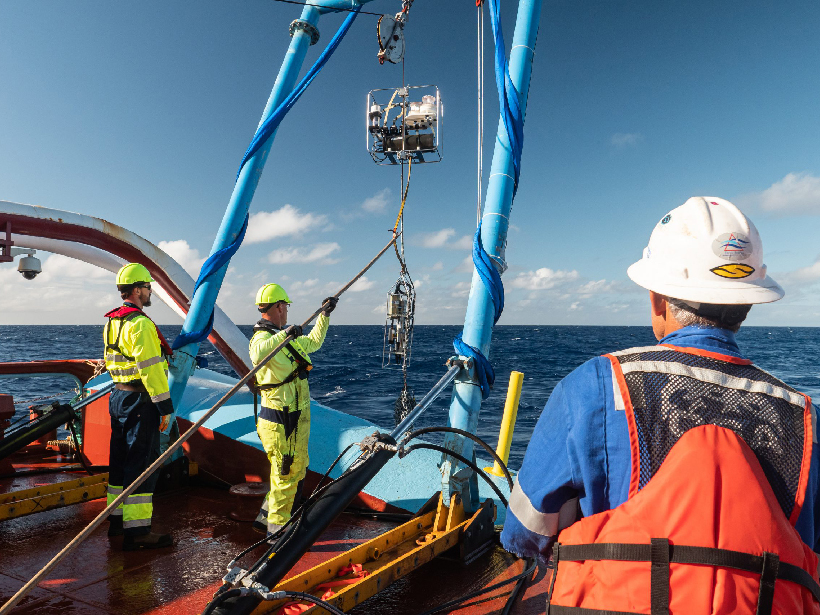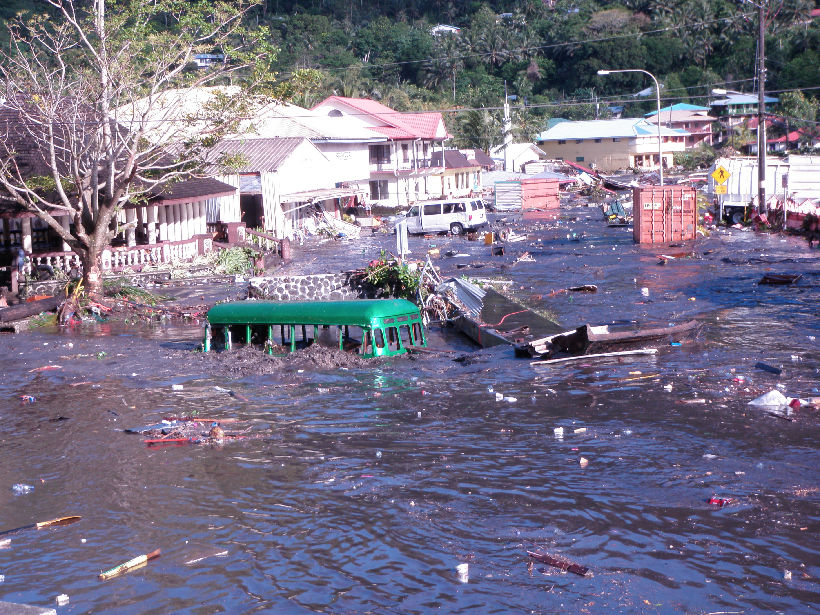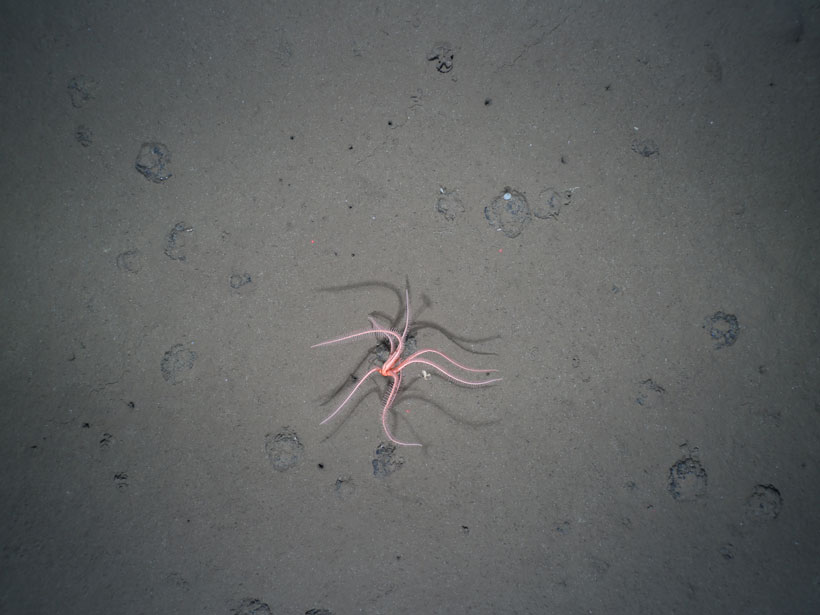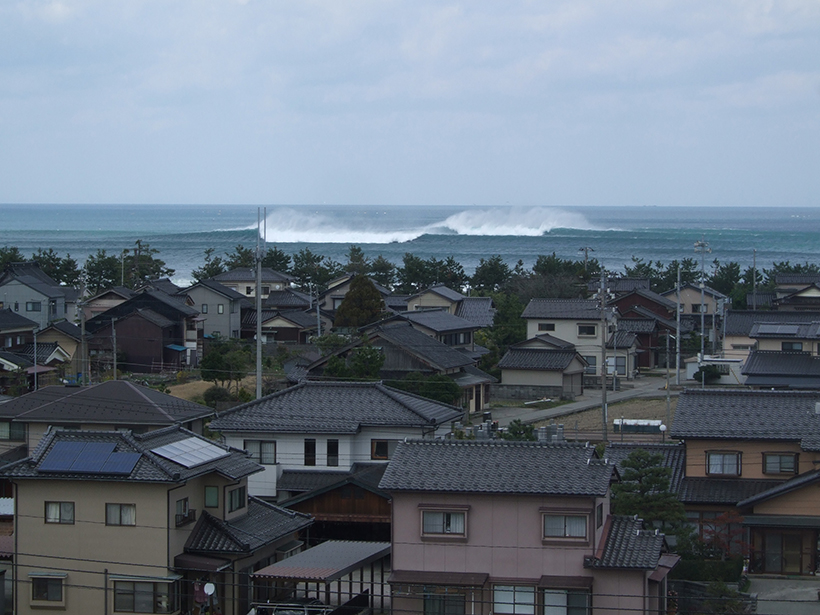Seismic surveys find evidence of a superplume in Earth’s mantle that fueled ancient megaeruptions in the Pacific.
Pacific Ocean
Below the Great Pacific Garbage Patch: More Garbage
New research is finding there’s more to marine debris than just what appears near the ocean surface, including tons of microplastics extending hundreds of meters into the deep.
Volcano Monitoring Goes Offshore
Offshore observations by cabled ocean-bottom pressure recorders have revealed details of the 2015 eruption of Axial Seamount submarine volcano in the Pacific Ocean.
Sensor Network Warns of Stealth Tsunamis
A next-generation network of seismic and wave sensors in the southwestern Pacific will warn coastal residents of an approaching tsunami before they see the wave.
The Long-Lasting Legacy of Deep-Sea Mining
New research reveals a deep-sea mining experiment that took place 26 years ago still has significant and persistent impacts on benthic life.
Humans Colonized Polynesia Much Earlier Than Previously Thought
Evidence from mud, charcoal, and feces suggests humans arrived in East Polynesia during the driest period in 2 millennia.
Satellite Sleuthing Detects Underwater Eruptions
Satellite data helped scientists locate the volcanic source of a pumice raft floating in the South Pacific Ocean, illustrating their promise in locating and monitoring undersea eruptions.
The Ecological Costs of Removing California’s Offshore Oil Rigs
Offshore oil- and gas-drilling platforms are rich habitats for fish, and removing them completely would result in a loss of over 95% of fish biomass, new research has revealed.
Submarine Canyons Breed Megawaves in Japan
The canyons act like a prism, focusing waves into mammoths of destruction.
Oceans Vented Carbon Dioxide During the Last Deglaciation
A new boron isotope record from South Pacific marine sediments offers a more complete picture of ocean-atmosphere carbon dioxide exchange during the late Pleistocene.










